Fratelli Rossetti at 70: A Family Story of Style Coherence, Retail Findings, Personal Milestones
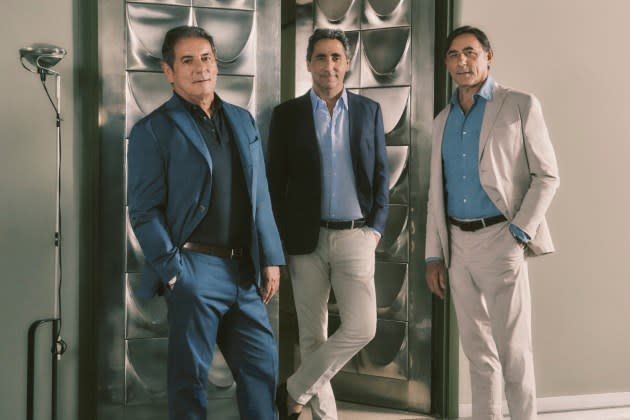
MILAN — Fratelli Rossetti is gearing up to mark its 70th anniversary with a celebratory event on Thursday.
Flanking the traditional presentation of the brand’s new footwear collection, the company will spotlight its heritage via a short movie featuring archival imagery.
More from WWD
Three Debuts in Presentations at Milan Fashion Week Spring 2024
Designers for a Show: How Four Stylists Approached Moschino's 40th Anniversary Collection
GCDS' Giuliano Calza Discusses Naples as Inspiration, Show Format - and a Lot More
A commemorative logo and a special shoe style were also developed for the occasion. The label’s signature Brera loafer has been decorated with handcrafted embroideries recalling the icons of the brand, such as the tassels introduced in the ‘60s by founder Renzo Rossetti that have become a distinctive trait of its collections ever since; the stirrup for the Magenta boot created in the ‘70s, and the flower for the Hobo style, a laceless lace-up introduced in 2011.
The company’s president Diego Rossetti, who represents the second generation of the family-run business along with brothers Dario and Luca, underscored that this special rendition was not a limited edition.
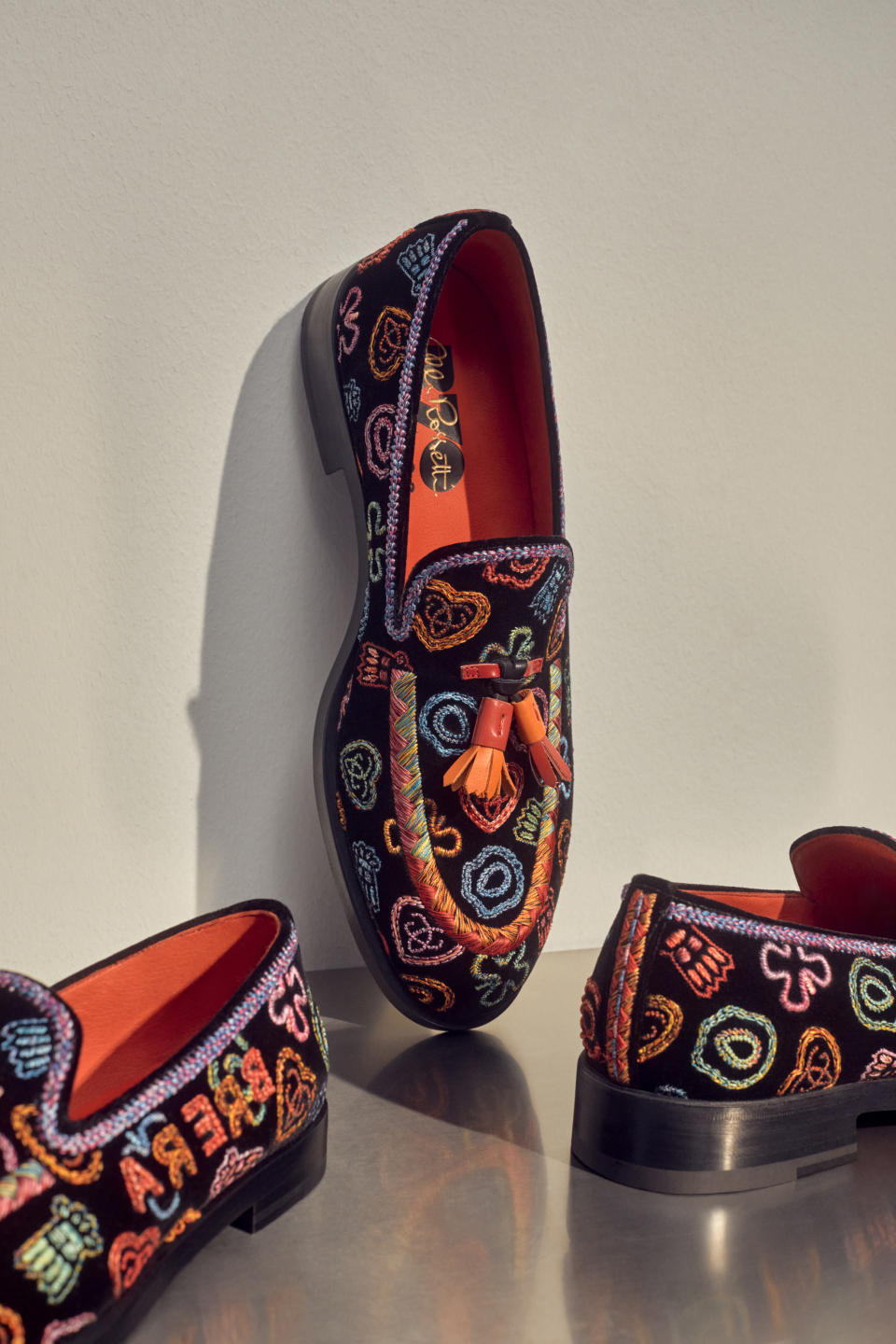
“We’re against it. The more people can wear our styles, the better,” he said, summarizing the overarching spirit of the company his father founded in Parabiago, one of Italy’s best-known shoe manufacturing areas in the outskirts of Milan.
“The perception of the brand among consumers is what changed the least over these past 70 years, because we stayed true to a series of principles, the most important of which are that we are manufacturers and we have never considered ourselves a luxury brand,” continued Rossetti.
He highlighted the passion for shoemaking, the constant research into quality and the brand’s stylistic coherence as its main traits.
“Our style is also recognizable. It’s overall sober, very Milanese, which from a certain point of view has been a problem, too. We had a challenging time in selling in the Middle or Far East, for one, while the European and American markets appreciate this stylistic consistency and the value for money proposition of our product,” said the executive.
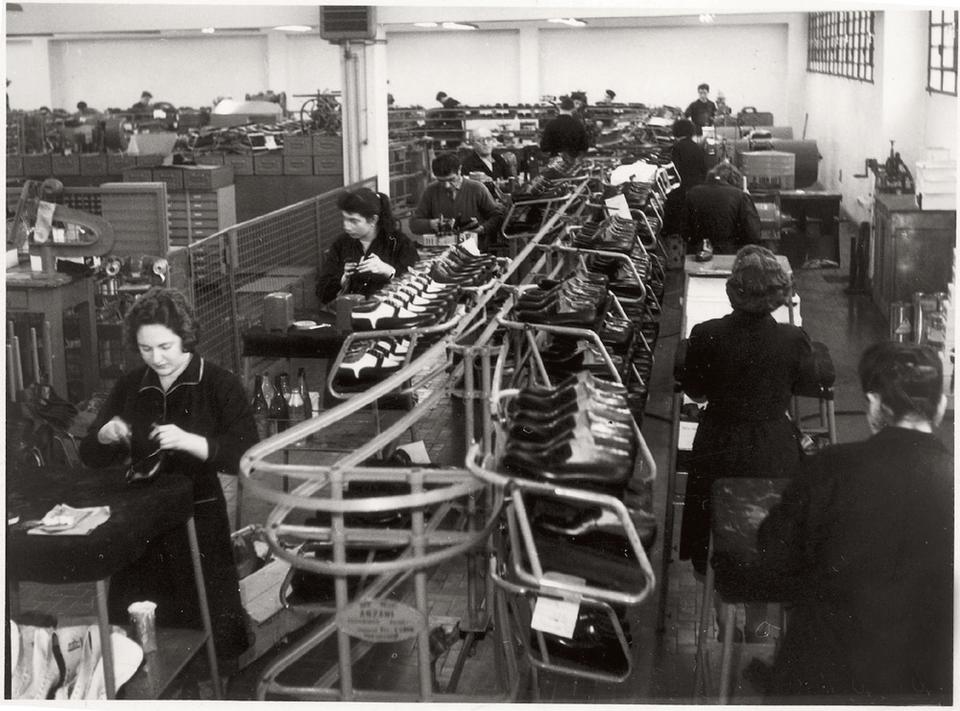
Case in point: the company has marked its anniversary with a series of store openings in the first half of the year. In spring it revamped its location in Rome and opened a unit in Florence after nearly a decade.
It also tweaked its presence in Milan, as it had to bid farewell to its historic location in the tony shopping street Via Montenapoleone. This was traded for a space in Galleria Vittorio Emanuele II, which Rossetti noted “has returned to its glory days after some years of oblivion, so from a commercial point of view it hasn’t changed much.”
In addition to another long-standing unit in the Corso Magenta neighborhood, Fratelli Rossetti has opened stores at both Linate and Malpensa airports, and stepped into the Middle Eastern market with boutiques in Dubai and Doha’s Mall of Qatar.
“We’re finally coming out of the darkest period of our history, the one related to COVID-19,” said Rossetti, who identified the pandemic as one of the most disruptive events in the history of the company. In 2022, the firm had 45 million euros in revenues, with sales generated in the retail channel increasing 4 percent and those from the online store growing 20 percent compared to the previous year.
Italy remains Fratelli Rossetti’s top market, accounting for one third of total sales, followed by Europe and the U.S. The brand has 18 boutiques in the domestic market and 12 international locations.
Next month, the brand will cut the ribbon of a new store in New York, which will be adapted to “today’s new way of interacting with clients,” said Rossetti.
“The digital revolution changed the way stores are structured. Today a boutique has to become more like a home, a place where customers get in touch with the brand and understand what we do. Products are not necessarily sold there, at that exact moment, but shipped directly at home, which is an aspect that comes with two benefits: reduced stock capacity and the opportunity to display a wider range of styles, as we don’t have to have all sizes for each model at the store,” noted the executive.
He added that this new approach implies that “in-store staff members are seen less as sales assistants and more like ambassadors of the company.”
Fratelli Rossetti first opened its Madison Avenue store in 1979 — an event that marked a milestone both for the business and for the executive on a personal level.
“It was my first project and marked a pivotal experience for me,” he recalled. “I really wanted to do something I felt my own. I was in my 20s and was asked to leave my studies at the university to join the company. My father gave me this opportunity with a budget that of course couldn’t afford a megastore on Fifth Avenue, but I happened to find myself in New York with Luciano Benetton, who was also looking for a location. So we found a space and we split it,” recalled Rossetti.
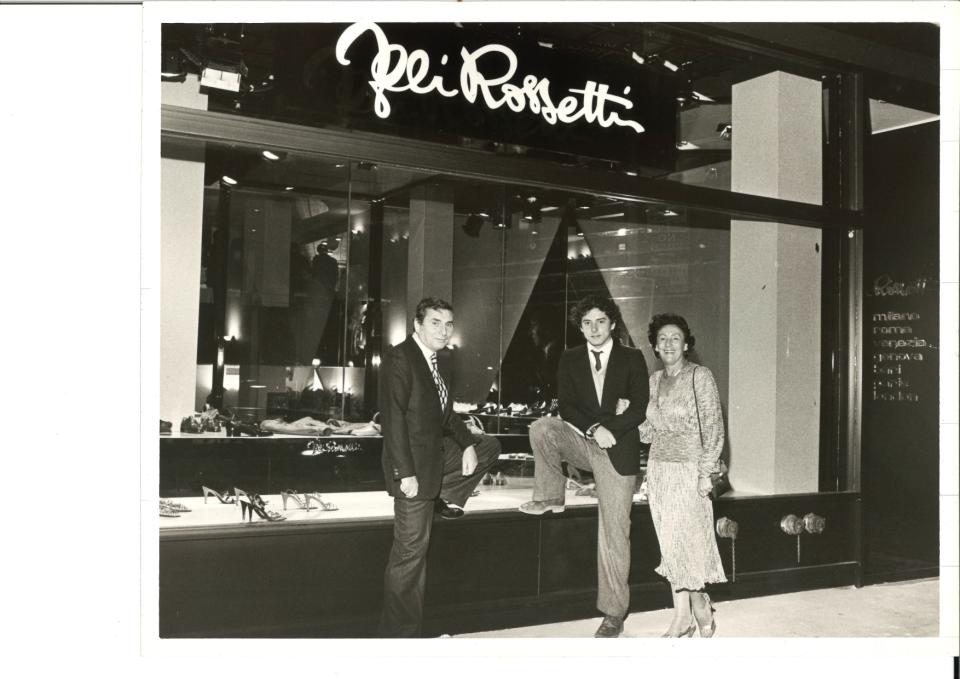
Yet the market’s reaction was not encouraging at first. “It was a bloodbath. Americans were not ready for this kind of store. They used to buy high-end products at department stores and not monobrand boutiques… Plus, men used to wear just black lace-up shoes or moccasins, while our women’s shoes that looked mannish were against the standards of femininity of the time,” said Rossetti.
Despite poor sales in the first two years, Rossetti acknowledged the move turned out to be key to learn marketing tools and spark new concepts, such as developing catalogues, enhancing the relationship with clients or importing the idea of having advertising campaigns featured in daily newspapers at a time when in Italy only consumer goods brands adopted that strategy.
“Then with the explosion of Italian ready-to-wear and Madison Avenue becoming a shopping street, things got better,” said Rossetti, recalling how that first attempt at retail internalization was followed by store openings in Paris, London, Brussels and Antwerp.
Further walking down memory lane, Rossetti identified in the boom of Italian fashion in the ‘70s a turning point for the company. It was the era of collaborations for the firm, as his father worked with all the prime names of the industry, including Giorgio Armani, Valentino, Pierre Cardin, Yves Saint Laurent, Mila Shön, Gucci, Ferragamo and Karl Lagerfeld.
“They used to be focused mainly on clothes and the business of licenses was not born yet. So they needed the shoes for their shows and my father forged many ties that actually worked two ways,” said Rossetti. “We provided them with footwear but also received style inputs in return that really helped us to develop our own women’s line as well.”
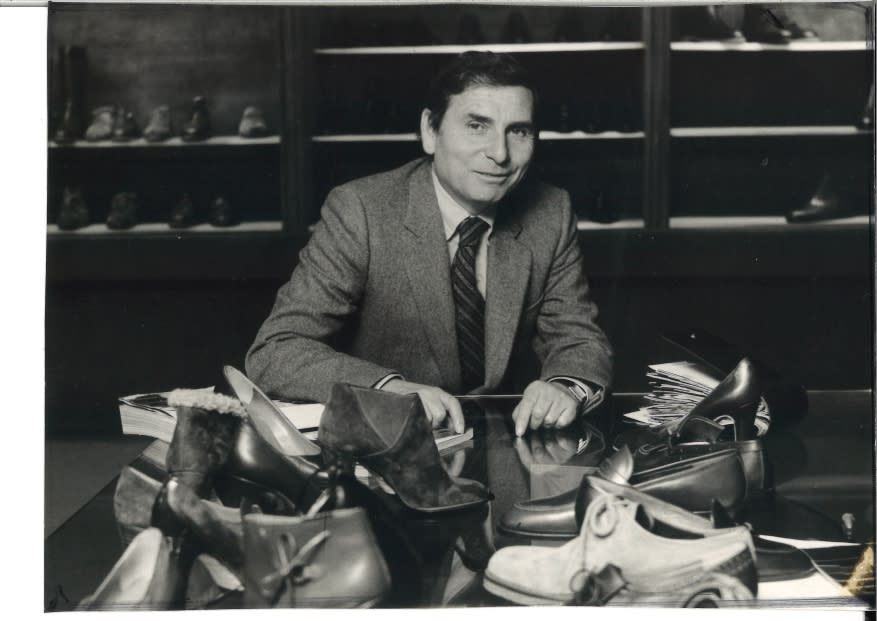
Along with the digital revolution and COVID-19, another milestone the executive mentioned was the time his father sent him to be tutored by the retired chief executive officer of Bata at the time. “We used to open stores without any real competence, making management mistakes. That experience helped us to understand better how to control our retail network,” recalled Rossetti.
Looking ahead, strengthening the retail footprint globally — especially entering the Chinese market — will remain the main focus for the company. “It has always been an essential strategic assets for us. We’re just asking ourselves what our store of the future should look like… and which competences will be required,” offered the executive.
Asked if he would ever consider selling the family business, Rossetti candidly said: “We’ve always thought that the company was not just of our family, but sort of a social good. We have the duty to make it grow, and if that has to happen by opening up the capital, I don’t see why not.
“In the past we explored a few options but they all implied a takeover of the company, so we didn’t proceed. But we absolutely believe in structuring the firm to enable it to face the challenges of the future,” he concluded.
Best of WWD

